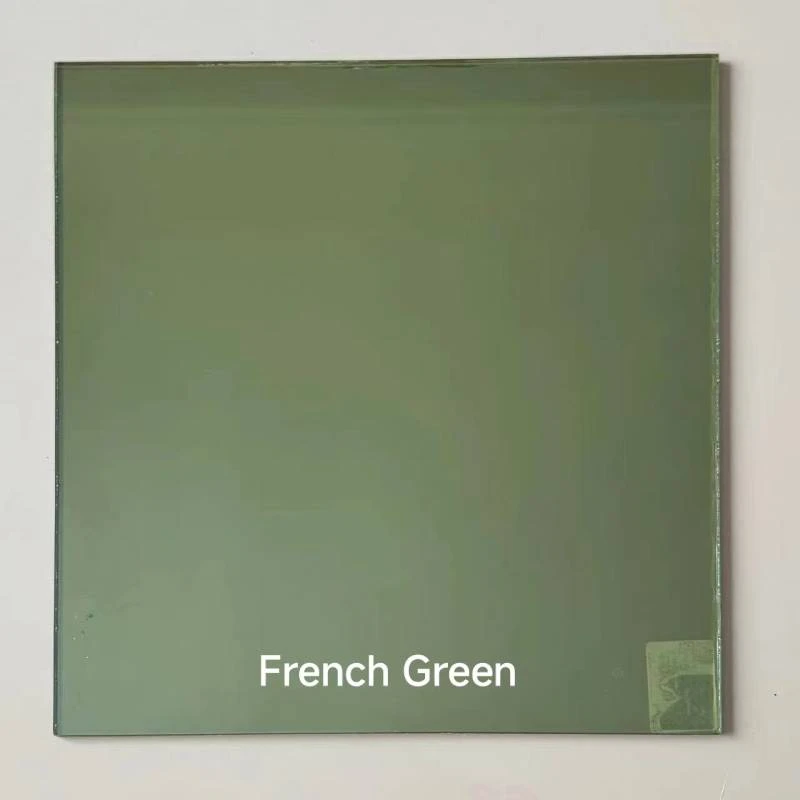

Understanding Low-E Rated Windows Benefits and Importance
When it comes to optimizing energy efficiency in homes and buildings, low-emissivity (Low-E) rated windows have gained significant attention for their advanced performance and unique properties. These windows are designed to minimize the amount of infrared and ultraviolet light that comes through the glass without compromising visible light. This means that Low-E windows not only help in regulating indoor temperatures but also protect your interiors from harmful UV rays.
What are Low-E Rated Windows?
Low-E windows are coated with a thin layer of metal oxides that reflects thermal energy. This coating is transparent, allowing light to pass through while controlling heat transfer. They are typically classified into two main types hard coat and soft coat. Hard coat Low-E windows are durable and suitable for climates that need solar heat gain, while soft coat Low-E windows offer better performance in cold climates and are more effective at minimizing heat loss.
Benefits of Low-E Rated Windows
1. Energy Efficiency One of the most significant advantages of Low-E windows is their ability to improve energy efficiency. By reducing the amount of heat that enters or escapes through the glass, these windows can help maintain a consistent indoor temperature. Consequently, homeowners can save on heating and cooling costs, making it an environmentally friendly choice that also provides financial savings in the long run.
2. Increased Comfort Low-E windows minimize drafts and cold spots in your home. By keeping indoor temperatures stable, occupants can enjoy a more comfortable living environment. This is especially beneficial during extreme weather conditions, whether it be the scorching heat of summer or the freezing cold of winter.

3. UV Protection While sunlight is essential for natural lighting, ultraviolet (UV) rays can damage furniture, flooring, and artwork. Low-E windows significantly reduce UV exposure, preserving the integrity of your interior furnishings and extending their lifespan. This added protection means you won't have to worry about fading or deterioration caused by sun exposure.
4. Noise Reduction In addition to their energy efficiency and UV protection, Low-E rated windows can also contribute to a quieter indoor environment. The insulating properties of these windows can help reduce the transmission of outside noise, creating a more peaceful living space.
5. Environmental Impact By reducing energy consumption, Low-E windows contribute to lower greenhouse gas emissions. When homes and buildings use less energy for heating and cooling, pressure on power plants and their associated emissions decreases. This makes Low-E windows not just a practical investment but also an environmentally responsible choice.
Conclusion
In summary, Low-E rated windows are a crucial element in modern energy-efficient building design. Their ability to regulate temperature, protect against UV damage, and enhance comfort while also contributing towards environmental sustainability makes them an ideal choice for both new constructions and retrofit projects. As homeowners increasingly seek to reduce energy costs and improve indoor air quality, the demand for Low-E windows continues to grow.
When considering window upgrades or replacements, investing in Low-E rated products can yield substantial benefits, both economically and environmentally. While the initial investment may be higher compared to traditional windows, the long-term savings on energy bills and the protection of your belongings make it a wise and forward-thinking decision. As technology advances, the options for Low-E windows will only expand, making it easier for you to find the right fit for your home and lifestyle. Embrace the change and enhance your home with Low-E rated windows for a brighter and more sustainable future.